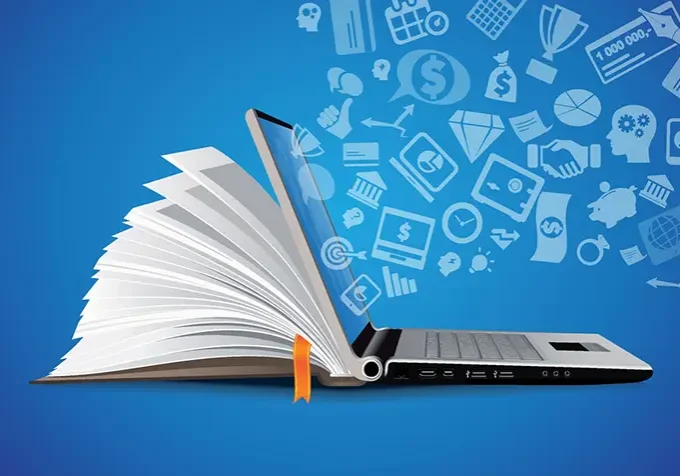The Impact of Computer Technology on Teaching and Learning
Updated: June 19, 2024
Published: December 13, 2023

Teaching and learning have gone through various changes over time because of technology. In Sumeria (also known as Sumer or ancient Iraq) students wrote on clay tablets (which occasionally would be fired to become permanent); Roman students would write on wax tablets they would clear once filled (hence the expression “to wipe the slate clean”); in the Middle Ages, students started using parchment and then paper. Blackboards were introduced in the early 1800s.
Today, computers are used as word processors in the majority of well-equipped classrooms but the problem is that most classrooms in the world are not well equipped. Students have no or only partial access to computer technology. Furthermore, a UNICEF study in 2020 showed that two-thirds of the world’s school-age children – or 1.3 billion children aged 3 to 17 years old – do not have internet connection in their homes. The digital divide is exacerbating learning gaps between populations of learners, something that was emphasised heavily during Covid 19 lockdowns and efforts at remote learning.
Over the last few decades, the impact of computer technology on learning has been phenomenal, in particular with regards to online learning. If the big question to ask is not, “what are we teaching?” but “what are students learning?” (which is the right question to ask, as it means deconstructing teaching altogether and thinking ahead to the purpose rather than the form it takes), then technology becomes even more central since so much learning today takes place through video tutorials, online searches, and online interaction. Generative artificial intelligence is pushing the boundaries of autonomous learning as things can move much more quickly. Additionally, lower-order processing need no longer take up so much psychic energy in the learning process (which is not to say that such a substitution is without risk).
It’s important to look at technology as an opportunity for learning rather than a threat to teaching. The potential for very real social transformation for good is extraordinary.
Perhaps the most powerful transformation of learning through technology comes with the widened access it gives to students: those who are not able to access learning in their home countries can do so through distance learning. At University of the People, we provide a high-quality education to learners from over 200 countries, and territories. Several of our students are refugees whose displaced lives make on-site learning very difficult if not impossible. Affordable access to quality higher ed has been the main goal at UoPeople since its inception and computer technology is helping facilitate that goal.
